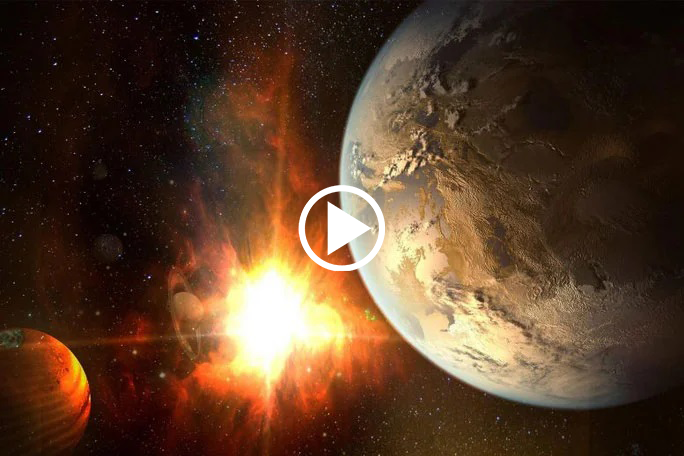In the universe, one form of planets is missing, a group of planets almost twice the size of Earth. Research from the Flatiron Institute (US) provided the answer.
When looking for exoplanets, astronomers find almost only two main types: the cluster of planets that are closer to Earth and the giant pole cluster. Medium-sized planets are rare, although previous astronomical theories have shown no impediments to the formation of planets in a young “Solar System”.
Research published in The Astronomy Journal has the answer. They selected many exoplanets found by NASA’s Kepler telescope and discovered that the planets in the universe are not stable spheres of rock or gas.
According to SciTech Daily, some gaseous planets several times larger than Earth, in the form of “mini Neptunes” rapidly shrunk, becoming a rocky planet slightly or approximately larger than Earth. The process of losing atmosphere creates a “jump” in the radius, from too large to too small. There are planets that are only a tenth their size in the blink of an eye. Therefore, it is difficult to find a planet whose size is between these two types of planets, which is about 1.5 to 2 times that of Earth.
This is considered a revolutionary discovery because it overturns the conventional wisdom that a planet once formed will keep its size stable. There are many gaseous planets that are in danger of sudden shrinkage, while there are many rocky planets that are simply “in disguise” because they originate from a gas giant that has lost its atmosphere.


